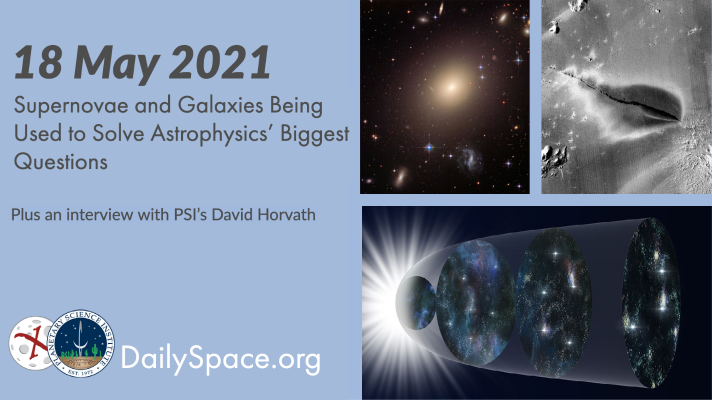
May 19, 2021 | Black Holes (Stellar), Daily Space, Dark Matter, Galaxies, Gemini North, Guest Interview, Mars, Neptune, Physics, Stars, Supermassive Black Holes, Uranus
Two new studies are attempting to solve a couple of big puzzles in astrophysics: Is the Hubble constant actually constant? And why do galaxies have flat rotation curves? Plus, a young star’s circumstellar disk, the search for stellar-mass black holes, magnesium in the deep waters of Neptune and Uranus, and an interview with PSI scientist David Horvath regarding possibly active volcanism on Mars.
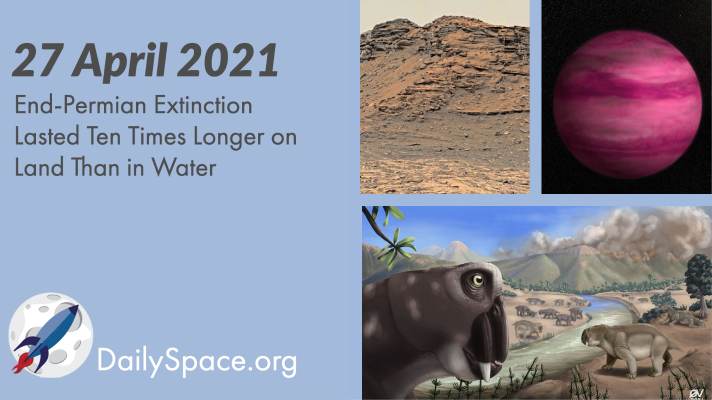
Apr 29, 2021 | Astrobiology, Climate Change, Cosmology, Curiosity, Daily Space, Dark Matter, Earth, Mars, Moon, Space History, Stars, Supermassive Black Holes
The biggest mass extinction event on Earth occurred at the end of the Permian period, resulting in the extinction of 95% of marine life and 80% of terrestrial life. Now, scientists have found that the terrestrial portion of the event lasted nearly ten times as long as the ocean version. Plus, a spaghettified star, the search for Moon Trees, all about Mars, and new works on dark matter and dark energy.
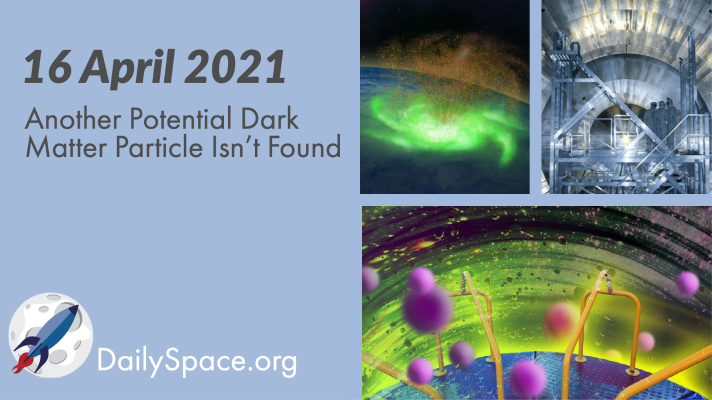
Apr 20, 2021 | Cosmology, Dark Matter, Earth, Galaxies, Physics, Supermassive Black Holes
Researchers looked for a slowdown in black hole rotational speeds due to the collection of ultralight bosons, but they found nothing, eliminating the hypothetical particle from the list of possible dark matter particles. Plus, neutrino hunting, neutron stars, a space hurricane, and our review of some delightfully nerdy apparel.
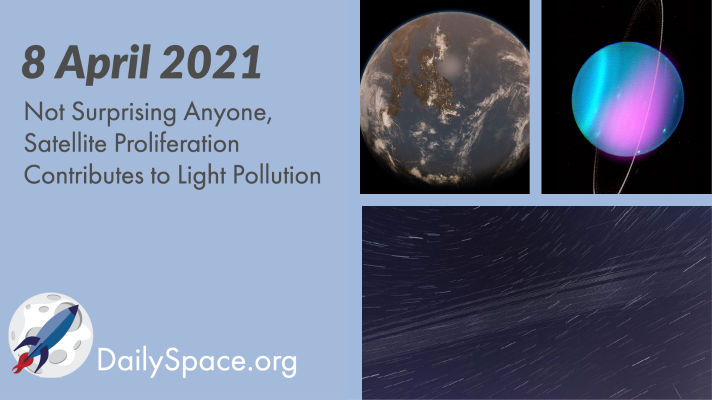
Apr 12, 2021 | Comets, Daily Space, Earth, Galaxies, Mars, Quasar, Sky Watching, Starlink, Supermassive Black Holes, Uranus
A new study examined the effects of recent increases in the number of space objects orbiting Earth and found that the proliferation of satellites contributes to a nearly ten percent increase over natural lighting of the night sky. Plus, Mars, Uranus, Neptune, ancient Earth, volcanoes, and our weekly What’s Up segment.
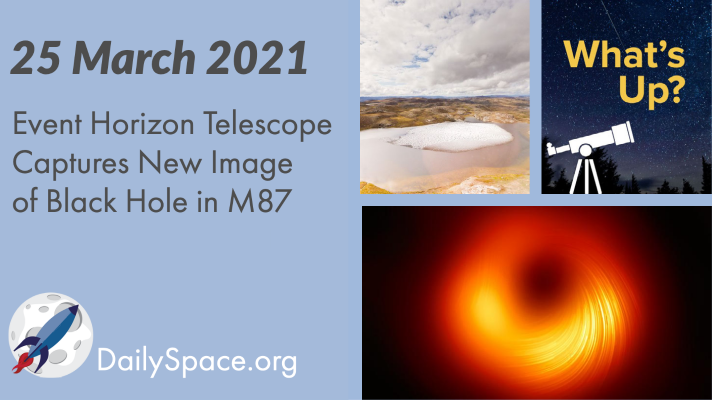
Apr 5, 2021 | Climate Change, Daily Space, Earth, Globular Cluster, Jupiter, Moon, Science, Sky Watching, Star Forming Region, Stars, Supermassive Black Holes
The Event Horizon Telescope collaboration released a new image yesterday that shows the black hole in M87 once again, but this time, with new details. Using polarized light, the team was able to capture photographic evidence of magnetic fields. Plus, Jupiter’s winds, baby stars, fossilized plants under Greenland’s ice, and our weekly What’s Up segment.
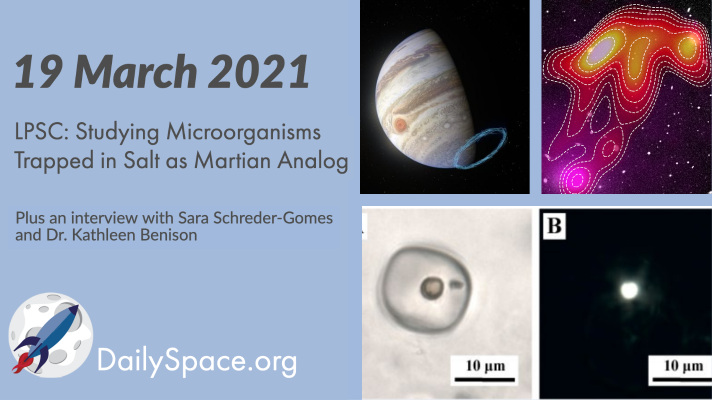
Mar 29, 2021 | Asteroids, Astrobiology, Bennu Mapper, Daily Space, Earth, ESA, Guest Interview, LPSC, Moon, OSIRIS-REx, Perseverance, Rovers, Space China, Space Policy, Supermassive Black Holes
We interview a pair of scientists who have examined microorganisms embedded in halite crystals to determine the feasibility of finding similar evidence of past life in return samples from Mars. Plus, ‘Oumuamua, Bennu, Ryugu, winds on Jupiter and a space jellyfish.








 We record most shows live, on Twitch. Follow us today to get alerts when we go live.
We record most shows live, on Twitch. Follow us today to get alerts when we go live.